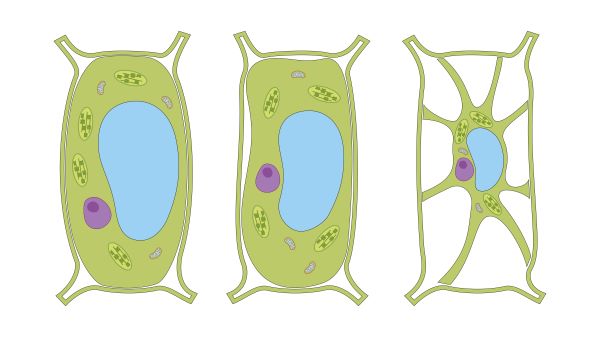All cells contain specialized, subcellular structures that are adapted to keep the cell alive. Some of these structures release energy, while others produce proteins, transport substances, and control cellular activities. Collectively, these structures are called organelles.
Plant and animal cells both contain organelles, many of which are found in both types of cells. However, there are some organelles (such as chloroplasts, the cell wall, and large vacuoles) that are only found in plant cells.
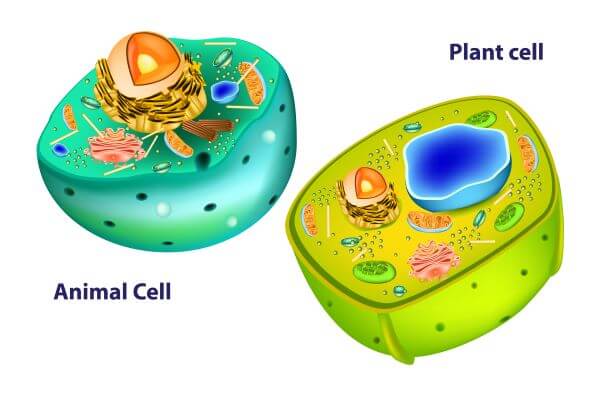
Animal Cell Parts And Their Functions
Animal cells contain a wide variety of parts, each of which plays a vital role in the survival of the cell.
The Nucleus
The nucleus is the control center of the cell and houses all of the cell’s genetic information. Usually, a cell has a single nucleus that contains all of its DNA molecules, but some (such as skeletal muscle cells) have more than one nucleus.
The nucleus protects the cell’s DNA while controlling all other cellular activities, such as cell division, growth, protein production, and cell death.
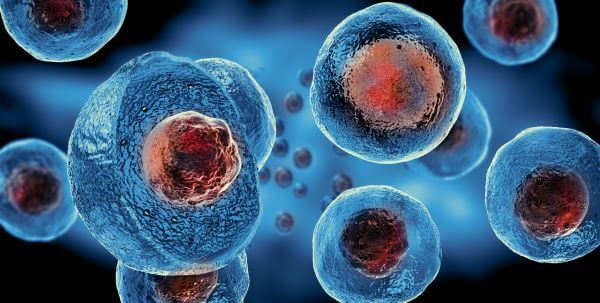
Ribosomes
The DNA molecules housed in the nucleus also contain blueprints for all of the proteins produced by a cell. These blueprints are ‘read’ and interpreted by ribosomes, which are the site of protein production in plant and animal cells. Ribosomes produce proteins by assembling amino acid sequences according to the instructions contained in the genetic code. The resulting polypeptide chains are then folded into specific primary, tertiary, or quaternary 3D structures by other cell organelles.
Mitochondria
Cells need energy to power their biochemical reactions, and most of that energy is released by mitochondria. Mitochondria are the site of respiration and the ‘powerhouses’ of cells, pumping out energy which is then stored in ATP (adenosine triphosphate). ATP molecules are the energy currency of cells and are used to fuel all the other activities of the cell.

Endoplasmic Reticulum (ER)
The endoplasmic reticulum is a network of membranes inside a cell, and its main functions are to process and transport new materials. There are two types of endoplasmic reticulum; the rough ER, and the smooth ER.
The rough ER is studded with ribosomes, giving it a bumpy or ‘rough’ appearance. It folds and tags newly-synthesized proteins before transporting them to wherever they are needed in the body. The smooth ER does not have ribosomes attached to it and is instead involved in hormone and lipid synthesis.
Golgi Apparatus
Once newly-synthesized substances have left the ER, they are sent to the Golgi apparatus. This is a series of flatted, membrane-bound sacs that packages and distributes substances to the outer cell membrane, where they either become part of the lipid bilayer or leave the cell.
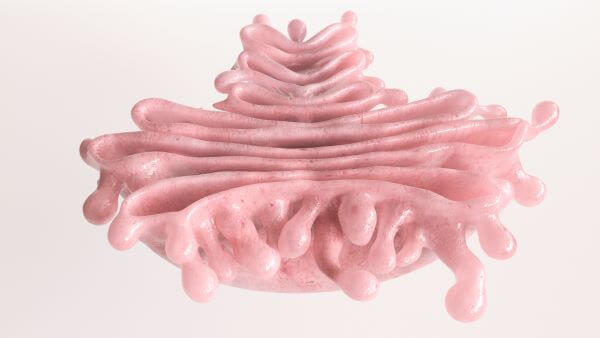
Lysosomes
Lysosomes are small, spherical organelles that are packed full of digestive enzymes. Their key function is to break down and recycle unwanted material for the cell, such as old cell parts or invading bacteria and viruses. Lysosomes also play an important role in apoptosis (AKA programmed cell death).
Cytoplasm
The cytoplasm is a jelly-like substance that fills the interior space of cells. It is mainly composed of water, but also contains salts, enzymes, and other organic molecules. The cytoplasm surrounds and protects the organelles of the cell and is where many cellular processes (such as protein synthesis and glycolysis) take place.
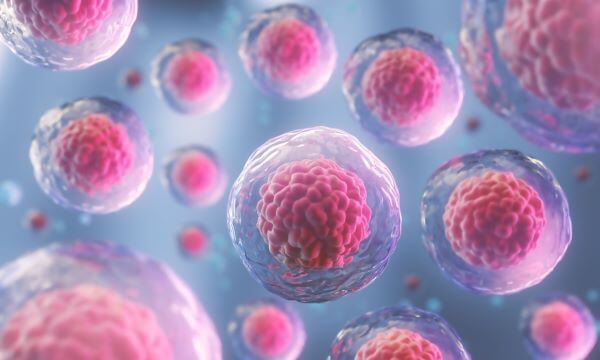
The Cell Membrane (AKA The Plasma Membrane)
All cells are surrounded by a cell membrane, which consists of a semipermeable phospholipid bilayer. The cell membrane controls which substances enter and leave the cell, and also separates the interior of the cell from its external environment.
Plant Cell Parts And Their Functions
Although plant cells contain many of the same parts as animal cells, they also have some extra organelles that are absent in animal cells.
Chloroplasts
Chloroplasts are one of the most important types of plant cell organelle, as they are the site of photosynthesis. Photosynthesis is a process by which light energy from the sun is used to convert carbon dioxide and water molecules into glucose, and is how plants produce food.
Chloroplasts are filled with chlorophyll, the green pigment that gives plants their color. Chlorophyll harvests light energy, which the chloroplast then uses to produce glucose. Once glucose has been synthesized, it is broken down to release energy during cellular respiration in the mitochondria.
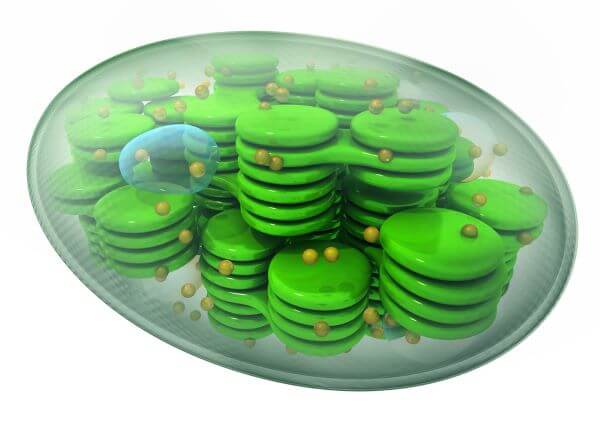
The Cell Wall
Plant cells are surrounded by a tough structure called the cell wall, which is found outside of the cell membrane and is mainly made of cellulose. The cell wall supports and protects plant cells, giving them their characteristic rectangular or box-like shape.
The Vacuole
The vacuole is a very large organelle that can occupy up to 90% of the interior space of plant cells. One of its key functions is storage. The vacuole is filled with cell sap, which consists mainly of water but also contains proteins, sugars, and other molecules. Another function of the vacuole is to maintain turgor pressure, which helps the plant cell to keep its shape and prevents wilting and bursting.
